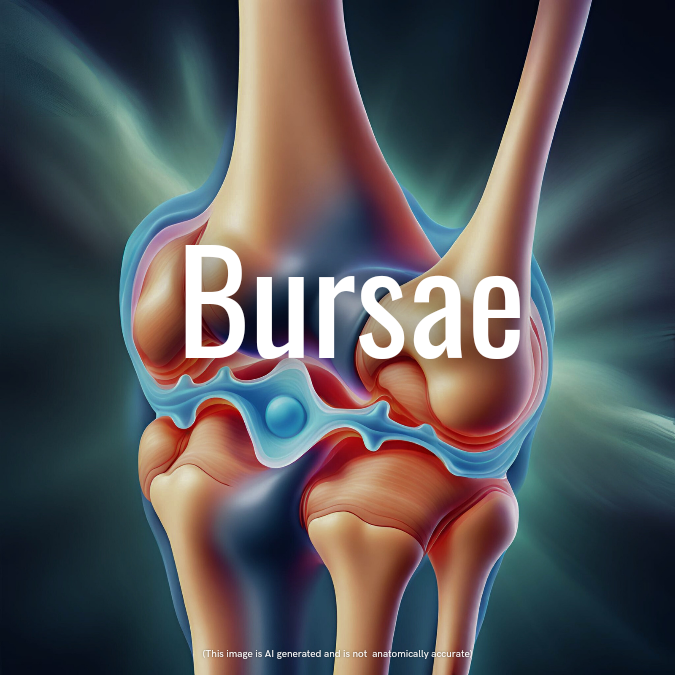The lower limb contains several bursae, which are fluid-filled sacs that help reduce friction between tissues. In this article, we will explore the bursae of the lower limb and their associated clinical conditions.
Weaver’s Bottom:
This condition refers to the inflammation of the bursa over the ischial tuberosity, which occurs as a result of excessive sitting. Prolonged periods of sitting can put pressure on the bursa, leading to inflammation and discomfort in the buttock area.
Housemaid’s Knee (Prepatellar Bursitis):
Prepatellar bursitis involves the inflammation of the bursa located in front of the patella (kneecap). This condition is commonly seen in individuals who frequently kneel for extended periods, such as housemaids. Prolonged kneeling can cause irritation and swelling of the bursa, resulting in pain and discomfort.
Clergyman’s Knee (Infrapatellar Bursitis):
Infrapatellar bursitis refers to the inflammation of the bursa located over the ligamentum patellae, which connects the patella to the tibia. This condition often affects individuals who kneel in more erect positions for prolonged periods, such as clergymen. The repeated pressure and friction on the bursa can lead to inflammation and pain in the area.
Bunion:
A bunion is a common foot condition characterized by the thickening of the bursa on the inner aspect of the first metatarsal head. It is usually associated with hallux valgus deformity, where the big toe deviates towards the other toes. The enlarged bursa can cause pain, swelling, and discomfort in the affected area.
Understanding the bursae of the lower limb and their associated clinical conditions is important for healthcare professionals in diagnosing and managing these conditions. Inflammation or irritation of these bursae can result in localized pain, swelling, and restricted movement. Proper diagnosis, treatment, and preventive measures can help alleviate symptoms and improve overall lower limb health.
If you experience persistent pain, swelling, or discomfort in the lower limb, it is advisable to consult a healthcare professional for a proper evaluation and personalized treatment plan.




Leave a Reply